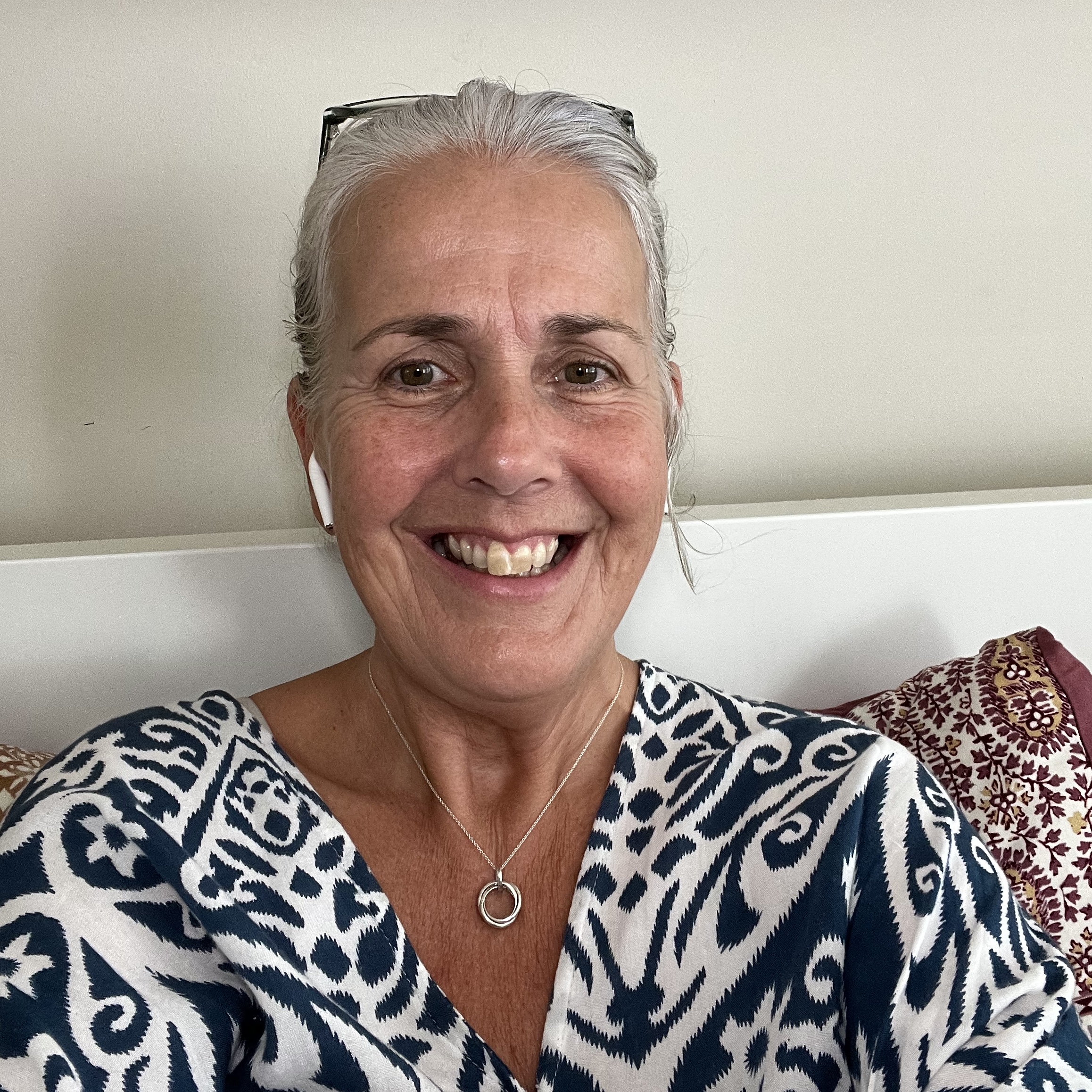Slow Pedagogy in Early Childhood: Brain Aligned Leadership
- Sarah Moore
- May 22
- 4 min read
Updated: Oct 10
In early childhood education, we often talk about being present with children, with families, with one another. But in the rush of rosters, ratios, and responsibilities, that presence can feel like a luxury we can’t afford.
And yet… What if slowing down wasn’t just nice to have, but actually essential to how we lead, connect, and grow not just for ourselves and our teams, but for the children in our care?
At Early Education Leadership, this has been our core focus for the past seven years. Through our Conscious Leadership approach, we support leaders to create the internal space necessary for sustainable, responsive leadership. It’s about learning to lead from presence not pressure.
Influenced by thinkers like Thomas Hübl, we believe that leadership is not just about what we say or do, it’s about the state we lead from. When we slow down internally, we become more attuned to what’s happening within us, between us, and around us. This attunement forms the foundation of emotionally safe learning environments for adults and children alike.
Across the sector, we’re seeing the early stages of this shift. It’s often called slow pedagogy, a movement that invites us to rethink not just what we do, but how we do it. It challenges fast-paced, task-driven systems and instead centres presence, relationships, and responsiveness.
So how do we bring this into leadership practice, team dynamics, and the emotional climate of our services, especially in a sector rich with change, complexity, and opportunity for transformation?
Let’s explore that through the lens of neuroscience, self-regulation, Conversational Intelligence (C-IQ), and relational presence.

Why Busyness in Early Childhood Settings Creates Stress
Our nervous systems are designed for survival. When we’re under constant time pressure, dealing with rapid transitions or unmet needs, our bodies often register this as a threat, even if we’re not consciously aware of it. This activates our stress response and can keep us in a state of reactivity, what Judith E. Glaser called “protect mode.”
In this state, our communication narrows. We problem-solve quickly, but we lose access to curiosity, creativity, and connection. We lead from urgency rather than insight.
Children experience this too. When educators are rushed, emotionally unavailable, or focused on tasks over connection, children often respond with heightened behaviours or emotional withdrawal. Their developing nervous systems co-regulate with the adults around them meaning our internal pace becomes theirs.
Fast systems disrupt not just routines, but relationships, the very heart of early learning.

Self-Regulation and the Inner Space of Leadership
Slowing down allows us to regulate our own nervous systems so we can help others regulate theirs. This is the starting point of sustainable leadership.
Drawing on Hübl’s work, we understand that our leadership presence is deeply shaped by what’s happening beneath the surface. The more we can build inner coherence, through breath, reflection, and awareness, the more we can meet others with clarity and compassion, even in moments of challenge.
Self-regulation, then, isn’t just a skill for children. It’s a daily practice for leaders.
When leaders model calm, stay grounded, and create spaciousness in their tone and timing, the whole team feels it. This creates a flow-on effect for children: calmer educators, more responsive environments, and better conditions for emotional safety and learning.

The Power of Slowing Down
When we consciously slow our pace individually and collectively, we shift the chemistry of our conversations.
We reduce cortisol and create the conditions for oxytocin to flow. This is the trust hormone that supports bonding, safety, and co-regulation.
Judith E. Glaser described this shift as moving into Level III Conversations, those where we build trust, share meaning, and engage in true co-creation. These conversations don’t happen under pressure. They happen in the space we create when we allow ourselves and others to be.
In practical terms, slowing down might look like:
Starting meetings with a moment of grounding or reflection.
Checking in with your team emotionally before jumping into the agenda.
Giving yourself permission to pause before responding to a difficult conversation.
Choosing to sit with a child who’s struggling, instead of redirecting them immediately.
Letting routines flex when the emotional needs of the moment outweigh the clock.
These are small shifts, but they create a big difference in the tone of a service, and in how people feel within it.
Slowness as a System Shift
Slowness is not about doing less, it’s about doing what matters more intentionally. It invites us to question how we structure time, how we define success, and what we prioritise in our day-to-day decision-making.
In recent years, some early learning services have begun to let go of rigid routines in favour of more responsive, relationship-centred approaches. What they often discover is that as structure relaxes, trust deepens. Educators become more attuned to each other, and children feel that attunement, often becoming calmer, more engaged, and more confident.
This is what happens when we lead from a place of clarity and calm, when we tune into the needs of our team, the children, and the relationships around us, not just the routines, rosters, or regulations.

So, How Do We Begin?
Slowing down isn’t about overhauling your whole way of working overnight. It starts with noticing.
Here are a few invitations to begin:
Pause before reacting. Ask: What’s happening in me right now? Am I responding from protect or partner mode?
Create micro-moments of regulation. One deep breath. A stretch between meetings. A silent reflection before speaking.
Prioritise relational presence. Focus on how you’re connecting, not just what you’re doing.
Reframe success. Ask: Did we connect today? Did we create calm? Did children feel seen and safe?
Model what you want to multiply. Your nervous system is a tuning fork for the team. Calm is contagious.
A Final Reflection
Slowing down is a radical act in a system that often rewards busyness over presence. But it’s also an act of leadership one rooted in self-awareness, emotional safety, and a commitment to doing things differently.
At Early Education Leadership, we’ve spent the past seven years walking alongside early childhood leaders who are ready to take conscious responsibility for their mindset, their communication, and the culture they help shape.
Our Online Conscious Leadership Program is designed to support that journey, helping educators move from reactivity to reflection, from overwhelm to intention.
If you’re ready to shift the culture of your service, toward presence, trust, and relational leadership, we’d love to walk with you.
Explore the Online Conscious Leadership Program by following the link here.



Comments